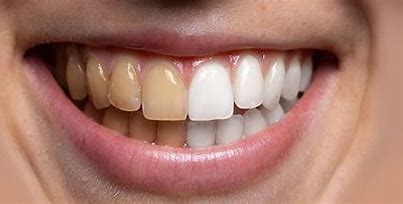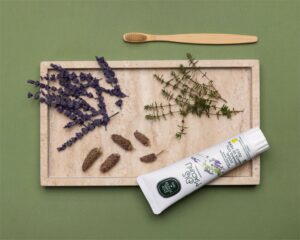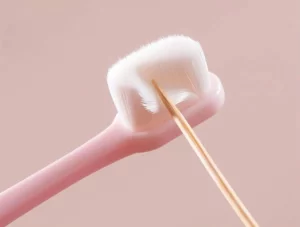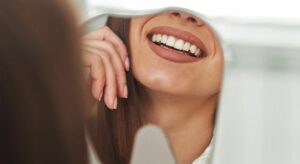Having a bright, white smile is often seen as a sign of good oral hygiene and confidence. Over time, teeth can become stained due to age, dietary habits, or lifestyle choices. Luckily, there are numerous methods available to help you achieve a brighter smile. Here’s a comprehensive guide to teeth whitening methods, including what works best and tips for maintaining your results.
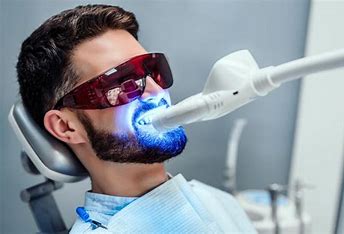
Professional Teeth Whitening Options
If you’re looking for dramatic results, professional teeth whitening performed by a dentist is the safest and most effective option.
1) In-Office Whitening Treatments
Dentists use high-concentration bleaching agents combined with advanced techniques to deliver fast and noticeable results.
- Procedure: A whitening gel is applied to your teeth and activated with a special light or laser.
- Time: Takes about 1–2 hours.
- Results: Teeth can become several shades whiter in a single session.
2) Custom Take-Home Whitening Kits
Dentists can also provide custom-fitted trays and professional-grade whitening gel for at-home use.
- Procedure: You wear the trays filled with gel for a few hours daily or overnight, depending on your dentist’s instructions.
- Time: Typically takes 1–2 weeks.
- Results: Gradual whitening with less sensitivity compared to in-office treatments.
Pros of Professional Whitening:
- Quick and long-lasting results.
- Performed under dental supervision to ensure safety.
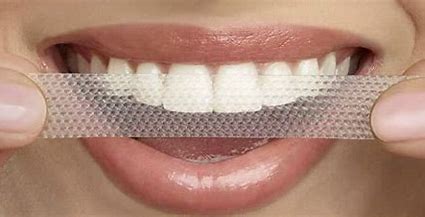
Over-the-Counter Whitening Products
1) Whitening Strips
- Thin, flexible strips coated with a peroxide-based gel.
- How to Use: Apply the strips to your teeth for 30 minutes daily for about 1–2 weeks.
- Results: Effective for mild to moderate staining.
2) Whitening Toothpaste
- Contains mild abrasives and small amounts of hydrogen peroxide or carbamide peroxide.
- How to Use: Use it as part of your daily brushing routine.
- Results: Gradual whitening with consistent use over several weeks.
3) Whitening Pens
- A small brush or pen applicator filled with whitening gel.
- How to Use: Apply the gel directly to your teeth after meals or before an event.
- Results: Temporary whitening; best for touch-ups.
Pros of OTC Whitening Products:
- Easy to use and budget-friendly.
- Widely available without a prescription.
Cons:
- May cause tooth sensitivity or uneven results.

Lifestyle Changes to Prevent Stains
Even after whitening, maintaining your results requires avoiding habits that cause staining.
1) Avoid Stain-Causing Foods and Drinks
- Coffee, tea, red wine, and dark-colored sodas can stain teeth.
- Rinse your mouth with water after consuming these beverages.
2) Quit Smoking
- Smoking causes yellowing and long-term discoloration. Quitting can significantly improve the color of your teeth.
3) Maintain Good Oral Hygiene
- Brush twice a day with fluoride toothpaste.
- Floss daily to remove plaque and food particles.
- Visit your dentist regularly for cleanings.
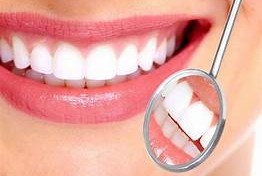
Tips for Safe Whitening
Sources:
- American Dental Association (ADA) – Teeth Whitening Options
- Cleveland Clinic – Whitening Teeth Safely
- Mayo Clinic – Teeth Stains and Prevention
